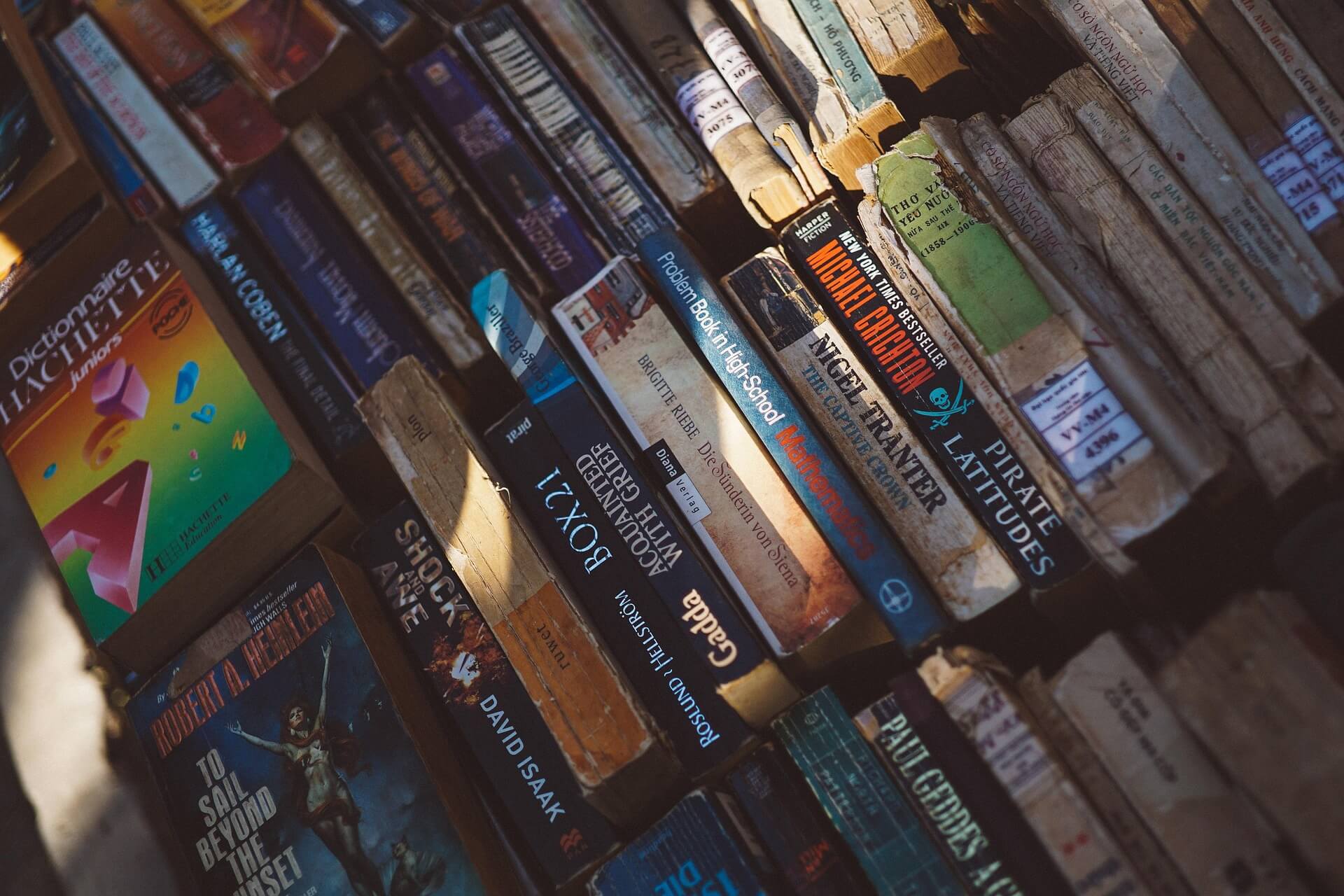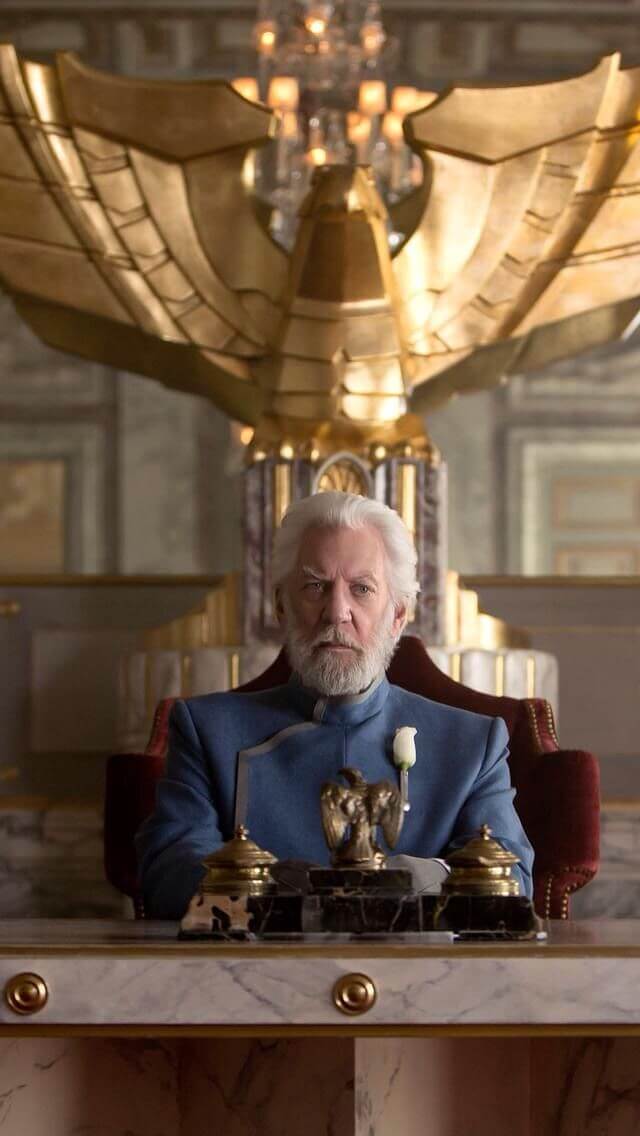
So, you want to learn how to write a novel.
Welcome, brave soul, to the literary jungle—where characters talk back, plot twists ambush you at 2 a.m., and coffee becomes a major food group. Writing a novel is part storytelling, part survival sport, and part caffeine-fueled delusion. But it’s also one of the most rewarding things you’ll ever do.
Before you charge into Chapter One like a knight with a shaky sword, let’s get one thing straight: A novel isn’t just a string of words pretending to be profound. It’s a living, breathing beast made up of crucial parts—each one doing its job to keep the story alive and kicking.
Here’s your insider’s map to the essential elements of a novel— a classic first step in learning how to write a book for beginners—as told by someone who’s wrestled a few unruly drafts into submission.
1. The Plot: Your Story’s Skeletal System
Ah yes, the plot. The sacred “what happens.” It’s the framework of your story. Once you’re sure about the genre you want to write in, this is your next focus. Character is the heart, theme is the soul, but plot is the skeleton that holds it all together.
Without a plot, your novel is just a moody character wandering through scenes like they forgot why they walked into the room. Plot gives purpose. It’s the chain of events that leads your protagonist from Point A to “Why is everything on fire?!”
Pro Tip: Your plot needs structure. Whether you follow the classic three-act structure, Save the Cat, or just vibe it out, make sure there’s a clear beginning, middle, and end. Even chaos needs a map.
Think of the plot as:
Cause ➡ Effect ➡ Reaction ➡ Consequence ➡ Climax ➡ Resolution
Here’s a super simple example:
- A girl finds a dragon egg (event).
- She decides to hatch it (decision).
- The dragon burns down her village (consequence).
- She flees with the dragon (reaction).
- The king declares her a traitor (new conflict).
- She decides to fight back (new decision)… and so the story continues.
“Conflict is the engine. It’s the volcano under the island, the grit in the oyster, the red wine stain on the white rug.”
Here’s a classic plot structure:
- Exposition – Introduce characters, setting, and the status quo.
- Inciting Incident – The “oh no” moment that disrupts everything.
- Rising Action – A series of problems or decisions that build tension.
- Climax – The turning point where everything explodes (figuratively or literally).
- Falling Action – The fallout from the climax.
- Resolution – Loose ends tied (or purposefully left dangling).
2. Characters: The Heart (and Sass) of the Story
Plot might be what happens, but characters are why we care. They’re the ones who drag us through burning buildings, whisper secrets in the dark, make terrible decisions we yell at from behind the page—and sometimes, if you’re lucky, they even teach you something about yourself.
Without compelling characters, your novel is just a series of events with no emotional weight. It’s like watching a chess game where no one explains why the queen is so angry. But give us characters who feel real—who want, fear, mess up, change—and now we’re invested.
The Protagonist: The Poor Soul With the Most to Lose
This is your main character. The spotlight is on them, whether they asked for it or not.
A good protagonist:
- Has a clear goal (even if it changes later).
- Faces internal or external obstacles.
- Undergoes change or growth (unless they’re a tragic figure, in which case… yikes).
- Makes choices that drive the story—not just reacts to stuff happening.
Think: Katniss Everdeen, Elizabeth Bennet, Frodo Baggins, or Miles Morales. Each of them wants something badly, and the journey to get it reshapes who they are.
The Antagonist: Not Always Evil, Just In the Way
Contrary to popular belief, your antagonist doesn’t need a cape, a scar, or a tragic childhood monologue (though we do love a good backstory).
The antagonist is whatever stands between your protagonist and their goal.
It can be:
- A villain (Darth Vader)
- A rival (Regina George)
- A system (The Capitol)
- A natural force (the ocean in Life of Pi)
- Or even… themselves (hello, self-sabotage!)
The stronger the antagonist, the stronger the protagonist has to become—and that’s where character arcs shine.
The Supporting Cast: The Chaos, the Charm, the Cheering Squad
No hero stands alone. Your secondary characters help flesh out the world and reveal things about your protagonist that wouldn’t come up otherwise.
Types to consider:
- Mentors – wise (or weird) guides
- Sidekicks – loyal, funny, or chaos incarnate
- Foils – characters who contrast your hero and highlight their traits
- Love Interests – not just swoon-fodder; they should challenge or complement your protagonist
- Wildcard characters – that mysterious bartender who knows too much, or the sweet old lady with the crossbow
Bonus points if your supporting characters have their own wants, flaws, and quirks. Think Ron and Hermione—they’re more than just accessories to Harry’s quest.

Two Things I Do to My Characters
I give them flaws. Perfect characters are boring. You want readers to root for your characters, not resent them. So give them:
- A blind spot
- A past mistake they’re still running from
- A personality quirk that causes friction
- A bad habit they need to outgrow
Flaws are where growth happens. They create tension, reveal humanity, and give your character space to evolve. Readers don’t love characters because they’re perfect—they love them because they feel real.
Think of flaws as emotional seasoning. A sprinkle of insecurity, a dash of pride, maybe a whole tablespoon of poor impulse control—delicious!
I make them zig when common sense says zag. Characters aren’t pawns for your plot. They’re people (on the page, at least). Let them surprise you. Let them make mistakes. Sometimes they’ll take the story in directions you didn’t plan—but trust me, that’s where the magic happens.
Because at the end of the day, readers might forget the clever twist in Chapter 14…
But they’ll never forget the character who made them feel something.
3. Setting: The Skin and Scenery
Yes, the setting is where and when your story happens, but one thing you need to remember is that it is not just a place on a map or a vague idea like “a forest” or “some city in the future with cool gadgets.”
No, no. Your setting is the emotional stage where everything plays out. It’s the air your characters breathe, the rules they live by, the ground that shakes beneath them when everything goes wrong.
A good setting doesn’t sit quietly in the background—it breathes, pulses, and sometimes growls.
Take Hogwarts for example. Would it still give you that same whimsical, eerie thrill if it were housed in an office park between a Jamba Juice and a copy center?
Nope. That crumbling castle, the flickering torchlight, the echoing hallways—they create mood, tone, and expectation.
Your setting tells us what kind of story we’re in.
- A misty Victorian alley? We expect secrets and danger.
- A neon-lit cyberpunk Tokyo? We’re ready for high-tech rebellion.
- A sleepy Midwestern town in July? Better brace for nostalgia or a sudden serial killer.
Your setting also shapes your characters. Where your characters grow up, where they run, where they hide—it all leaves fingerprints on who they become.
- A child raised in a crumbling war zone will think differently than one raised on a sunny vineyard in Tuscany.
- A thief navigating a city of sky bridges and surveillance drones learns to move differently than one crawling through forgotten tunnels beneath a palace.
Here’s another way to put it: plot happens because of setting.
- That shipwreck story doesn’t happen without a sea.
- That secret society can’t function without hidden catacombs.
- That political thriller wouldn’t work in a village with two goats and a bakery.
Your setting opens doors—and sometimes locks them shut.
Think of the setting as a toolbox:
- A desert brings survival drama.
- A haunted house brings isolation and dread.
- A bustling city? Chaos, anonymity, and endless possibilities.
What I do to set the correct train of thoughts when coming up with a setting for my story? First, I think of a place that would naturally create tension, limits, or surprises. In other words, I engage the five senses.
I tell myself repeatedly that readers want to live in your world, not just peek in the windows. I don’t just say, “It was hot.” I say, “The sun hammered down, turning the sidewalk into a skillet.”
I don’t just describe “a cabin in the woods.” I give my readers “wood smoke curling up from the chimney, the scent of pine needles sticking to damp boots, and the eerie hush that settled after the wind stopped.”
Sights, sounds, smells, tastes, textures. They pull your reader into the scene like a trapdoor.
Sometimes, your setting has such a strong personality, it practically steals the show.
- The Overlook Hotel in The Shining isn’t just haunted—it’s watching.
- The moors in Wuthering Heights scream despair and wild passion.
- The spaceship in Alien isn’t just metal and wires—it’s a death trap with claustrophobic corridors.
If your setting is distinct, immersive, and moody enough, it sticks with readers just as much as any human character.
Don’t treat setting like furniture. Treat it like a living part of the story. Let it fight back. Let it seduce, trap, soothe, or betray. Make your readers feel it until they smell the smoke, hear the storm, and can’t remember if they’re sitting in their room or lost in your world.
Write the kind of setting that lingers long after the last page.
4. Conflict: The Lifeblood of Tension
Let me say this loud enough for the back row (and your inner perfectionist): If there’s no conflict, there’s no story.Not a real one, anyway. What you have instead is a mildly charming anecdote… and those don’t exactly keep readers up at 2 a.m. muttering, “Just one more chapter.”
Conflict is the engine. It’s the volcano under the island, the grit in the oyster, the red wine stain on the white rug. It’s what happens when your character wants something—and something else stands in the way.

My simple formula for the conflict in my story:
Conflict = Desire + Obstacle
- Your character wants something (love, freedom, revenge, validation).
- Something’s stopping them (another person, a personal flaw, society, a blizzard, a hungry bear).
Simple? Yes. Easy? Not even a little.
Here are the four classic flavors of conflict:
| Conflict Type | Description | Examples | Why It Works |
| Man vs. Man | Character vs. character. Hero vs. villain, rival vs. rival, or ex-lovers turned awkward roommates. | Harry vs. Voldemort, Katniss vs. President Snow, Elizabeth vs. Darcy | Clear goals. High stakes. Personal investment. Plus, great banter or emotional devastation. |
| Man vs. Self | Inner battlefield—fear, guilt, regret, self-doubt, addiction, imposter syndrome. | Hamlet, Lady Macbeth | Readers love flawed characters. Inner conflict feels deeply human and resonates on an emotional level. |
| Man vs. Society | The character is up against laws, traditions, corrupt systems, or social expectations. It’s rebellion time. | The Handmaid’s Tale, The Hunger Games, The Hate U Give | Taps into real-world frustration. Gives readers a hero who stands up and says, “No more.” |
| Man vs. Nature | The character versus the wild, the elements, or any force of nature. | Life of Pi, Into the Wild, The Revenant | Raw survival. Nature doesn’t negotiate—every decision counts. |
Conflict builds character. Your protagonist should come out of their conflict changed. Even if they lose, even if they break, even if they don’t get what they wanted—they should not be the same person they were on page one.
Conflict molds them. Sharpens them. Sometimes, it shatters them—then hands them the glue.
So go ahead. Throw problems at your characters. Push them. Break them. Make them bleed (emotionally or otherwise). Because in fiction, pain is the price of growth—and conflict is the scalpel that makes it possible.
5. Theme: The Soul (But Subtle)
If plot is what happens, and characters are who it happens to, then theme is the why behind it all. It’s the invisible thread tying everything together—the soul of your story, quietly pulsing beneath the action.
Theme is not your elevator pitch. It’s not the “hook” or even something your characters necessarily say out loud. In fact, if they’re marching around proclaiming, “This is a story about the power of forgiveness!”…well, you’ve turned your novel into a lecture, and readers didn’t show up for class. They came for feels. For chaos. For catharsis.
At its core, theme is the emotional and philosophical glue. It’s the idea your story wrestles with from beginning to end. Maybe it’s about how power corrupts. Or how love requires sacrifice. Or that home isn’t a place—it’s a person. Whatever the message, it shouldn’t be framed in neon and shouted from the rooftops. It should linger like a question, not a command.
The most powerful themes emerge through character choices, consequences, symbols, and turning points. A protagonist haunted by guilt who keeps making selfish choices isn’t just on a redemption arc for fun—it’s your theme whispering through the cracks: “Can people truly change?” A love story where everything goes wrong and no one ends up together might be asking, “Is love always enough?” The reader might not articulate it right away, but they’ll feel it.
Think of your theme like seasoning in a good stew. Too little and the story feels bland. Too much and it’s overpowering. But when it’s just right? Readers may not be able to name it—but they’ll taste it in every bite.
So no, theme isn’t something you slap on at the end like a slogan. It grows naturally from the struggles your characters face and the choices they make. It rises from the ashes of their mistakes. It creeps in during quiet moments, and blooms during the climax when everything comes crashing down.
The best part? You don’t have to force it. If you know your characters deeply and stay honest about what they want, fear, and lose… the theme will take shape all on its own. Like a ghost in the machine. Like a truth that can’t help but surface.
And when readers finish the final page and sit there staring into space with a tear in their eye or a strange ache in their chest—that’s your theme. Doing its job. Silently. Powerfully.
Here’s a tip: Don’t preach. Let your story ask the question, and trust the reader to find the answer.
6. Voice and Style: Your Literary Fingerprint
Voice is how you tell your story, and it’s just as important as what you’re telling. Two writers can write the same plot—a time-traveling barista trying to save her pet hedgehog from the future—but depending on the voice, one version reads like a sweeping, poetic epic, while the other sounds like a caffeinated sitcom on paper.
Voice is the flavor, the rhythm, the personality of your writing. It’s that invisible thread that runs through your words and makes readers say, “Only you could’ve written this.” It’s not just what your characters say—it’s how you describe a scene, how you build a sentence, how you choose to deliver emotional gut-punches or comic relief. Whether your style leans lush and lyrical or snappy and sarcastic, voice is your brand, your vibe, your signature scent on every page.
Style, on the other hand, is how you construct the language—your sentence structure, word choice, pacing, and use of literary devices. It’s the difference between writing a page-long internal monologue or slicing thoughts into quick, clipped fragments. Some writers love long, winding prose like a lazy river, while others hit you with short bursts that feel like firecrackers.
“Writing a novel isn’t about perfection. It’s about finishing the story—even if it’s messy, weird, or held together with plot glue and character duct tape.”
Here’s the magic: voice and style evolve. They don’t usually arrive fully formed. You find them the way most great things are found—by writing a lot of awkward chapters, cringing at them later, and writing again until something clicks.
And yes—read your work aloud. If it sounds robotic, stiff, or like it was ghostwritten by an overly polite AI, you’ve got some loosening up to do. Your prose should sound like a human being talking—maybe a dramatic human being, or a wise-cracking one, or a brooding poet—but human, nonetheless.
The goal isn’t to impress. The goal is to connect. Your voice is what builds trust between you and the reader. It’s what makes them lean in and whisper, “Okay, just one more chapter.”
So keep writing until your pages sound like you—not you trying to be someone else. Because once you find that voice, the rest of the story starts singing.

7. Point of View: Who’s Holding the Camera?
Every story is like a movie playing out in a reader’s head—and your point of view (POV) is the camera lens. It decides what readers see, what they don’t, and—most importantly—how they feel about it.
Choosing the right POV isn’t just a technical decision—it’s an emotional one. It’s not about what’s fashionable. It’s about what makes your story hit the hardest.
| POV Type | Narrative Style | Strengths | Challenges | Famous Examples |
| First-Person | “I did the thing.” | – Deep emotional intimacy – Strong narrative voice – Reader becomes a co-pilot in the character’s head |
– Limited perspective – Can feel claustrophobic – Risk of too much internal monologue |
The Hunger Games Eleanor Oliphant Is Completely Fine |
| Third-Person Limited | “He/She did the thing.” | – Balanced closeness and flexibility – Easy to build tension – Smooth switching between characters (with breaks) |
– Tempting to head-hop – Must maintain consistent perspective |
Harry Potter Circe The Night Circus |
| Third-Person Omniscient | “Everyone did the thing. And here’s what they were all thinking.” | – Expansive scope – Ideal for epics or societal stories – Multiple insights and layers |
– Can feel distant – Easy to overwhelm readers – Requires careful pacing and control |
The Lord of the Rings Les Misérables The House of the Spirits |
| Second-Person | “You did the thing.” | – Immersive and experimental – Creates urgency or disorientation (on purpose) |
– Hard to sustain – Not for every story or reader |
Bright Lights, Big City You |
| Multiple POVs | Alternating perspectives | – Rich character development – Shows the same event from different angles |
– Risk of uneven voices – Requires clear structure and transitions |
Game of Thrones Daisy Jones & The Six Anxious People |
When it comes to choosing your point of view, think of it less like a checkbox and more like a lens. The right POV should amplify your story’s emotional heartbeat—not just follow a trend.
Here are some go-to guidelines to help you decide:
- If your story is raw, personal, or emotionally intense: Go with first-person. It’s like handing the reader your protagonist’s diary—with all the juicy thoughts, fears, and contradictions intact.
- If you want emotional closeness and a little narrative flexibility: Third-person limited gives you the best of both worlds—deep character insight without locking you into one perspective forever.
- If your story spans generations, worlds, or big ideas: Third-person omniscient might be your best bet. It gives you god-like access to everyone’s inner world, perfect for sweeping sagas or layered societal commentary.
And don’t just choose first-person because it’s popular in YA or thrillers. Choose it because it feels right for your story’s emotional center.
Writing a novel isn’t about perfection. It’s about finishing the story, even if it’s messy, weird, or held together with plot glue and character duct tape.
Get to know these parts. Respect them. Play with them. But above all, write the kind of story you’d want to read at 2 a.m. when sleep is optional but satisfaction is mandatory.
Now that you know how to write a book, go forth, and make beautiful, messy, character-driven chaos on the page—then shape it into something readers can’t put down.
And remember—first drafts are supposed to be disasters. That’s what revisions are for.





Pingback: How to Choose a Genre for Your Novel | How to Write a Book
Pingback: How to Plot Your Novel Without Getting Lost
Pingback: How to Write a Children’s Picture Book? | A Complete Guide